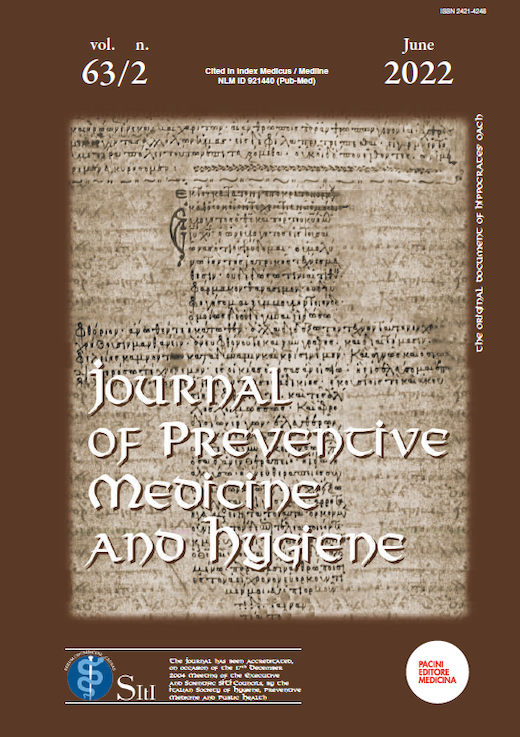Abstract
Abstract
Objectives: Breast cancer (BC) is the most common cause of cancer death in Iranian women. Sometimes death from other causes precludes the event of interest and makes the analysis complicated. The purpose of this study was to identify important prognosis factors associated with survival duration among patients with BC using random survival forests (RSF) model in presence of competing risks. Also, its performance was compared with cause-specific hazard model.
Methods: This retrospective cohort study assessed 222 patients with BC who admitted in Ayatollah Khansari hospital, Arak. The cause-specific Cox proportional hazards and RSF models were employed to determine the important risk factors for survival of the patients.
Results: The mean and median survival duration of the patients were 90.71 (95%CI: 83.8- 97.6) and 100.73 (95%CI: 89.2-- 121.5) months, respectively. The cause-specific model indicated that type of surgery and HER2 had statistically significant effects on the risk of death of BC. Moreover, the RSF model identified that HER2 was the most important variable for the event of interest.
Conclusion: According to the results of this study, the performance of the RSF model was better than the cause-specific hazard model. However, HER2 was the most important variable for death of BC in both of the models.
References
1. Jafari-Koshki T, Schmid VJ, Mahaki B. Trends of breast cancer incidence in Iran during 2004-2008: A Bayesian space-time model. Asian Pac J Cancer Prev. 2014;15(4):1557-61. doi:http://dx.doi.org/10.7314/APJCP.2014.15.4.1557
2. DeSantis C, Ma J, Bryan L, Jemal A. Breast cancer statistics, 2013. CA: a cancer journal for clinicians. 2014;64(1):52-62. doi.org/10.3322/caac.21203
3. Akbari ME, Mozaffar M, Heidari A, Zirakzadeh H, Akbari A, Akbari M, et al. Recurrence and Survival Effect in Breast Conserving Surgery: What are the Predictive and/or Prognostic Factors? Iranian Journal of Cancer Prevention. 2011;4(2):49-54.
4. Kleinbaum DG, Klein M. Survival analysis: Springer; 2010.
5. Hsich E, Gorodeski EZ, Blackstone EH, Ishwaran H, Lauer MS. Identifying important risk factors for survival in patient with systolic heart failure using random survival forests. Circulation: Cardiovascular Quality and Outcomes. 2011;4(1):39-45. doi.org/10.1161/CIRCOUTCOMES.110.939371
6. Breiman L. Random Forests Machine Learning. 45: 5–32. View Article PubMed/NCBI Google Scholar. 2001.
7. Egner JR. AJCC cancer staging manual. JAMA. 2010;304(15):1726-7. doi:10.1001/jama.2010.1525
8. Pintilie M. Competing risks: a practical perspective: John Wiley & Sons; 2006.
9. Ishwaran H, Gerds TA, Kogalur UB, Moore RD, Gange SJ, Lau BM. Random survival forests for competing risks. Biostatistics. 2014;15(4):757-73. doi.org/10.1093/biostatistics/kxu010
10. Ishwaran H, Kogalur UB, Blackstone EH, Lauer MS. Random survival forests. The annals of applied statistics. 2008:841-60. doi: 10.1214/08-AOAS169
11. Mogensen UB, Ishwaran H, Gerds TA. Evaluating random forests for survival analysis using prediction error curves. Journal of statistical software. 2012;50(11):1.
12. Ishwaran H, Kogalur U. randomForestSRC: Random forests for survival, regression and classification (RF-SRC), 2017. R package version.2(2).
13. Gerds T, Scheike T, Blanche P, Ozenne B. riskregression: Risk regression models and prediction scores for survival analysis with competing risks. R package version. 2017;1(7).
14. Gray R. cmprsk: Subdistribution Analysis of Competing Risks. R package version 22-6 2013. 2014.
15. Hamidi O, Tapak M, Poorolajal J, Amini P, Tapak L. Application of random survival forest for competing risks in prediction of cumulative incidence function for progression to AIDS. Epidemiology, Biostatistics and Public Health. 2017;14(4).
16. Safe M, Mahjub H, Faradmal J. A Comparative Study for Modelling the Survival of Breast Cancer Patients in the West of Iran. Global Journal of Health Science. 2016;9(2):215. doi:10.5539/gjhs.v9n2p215
17. Omurlu IK, Ture M, Tokatli F. The comparisons of random survival forests and Cox regression analysis with simulation and an application related to breast cancer. Expert Systems with Applications. 2009;36(4):8582-8. doi.org/10.1016/j.eswa.2008.10.023
18. Jalal Poorolajal NN, Mohammad Esmaeil Akbari, Hossein Mahjub, Esmailnasab N. Breast cancer survival analysis based on immunohistochemistry subtypes (ER/PR/HER2): a retrospective cohort study. Archives of Iranian medicine. 2016;19(10):680.
19. Karimi A, Delpisheh A, Sayehmiri K, Saboori H, Rahimi E. Predictive factors of survival time of breast cancer in kurdistan province of Iran between 2006-2014: a cox regression approach. Asian Pacific Journal of Cancer Prevention. 2014. doi:http://dx.doi.org/10.7314/APJCP.2014.15.19.8483


